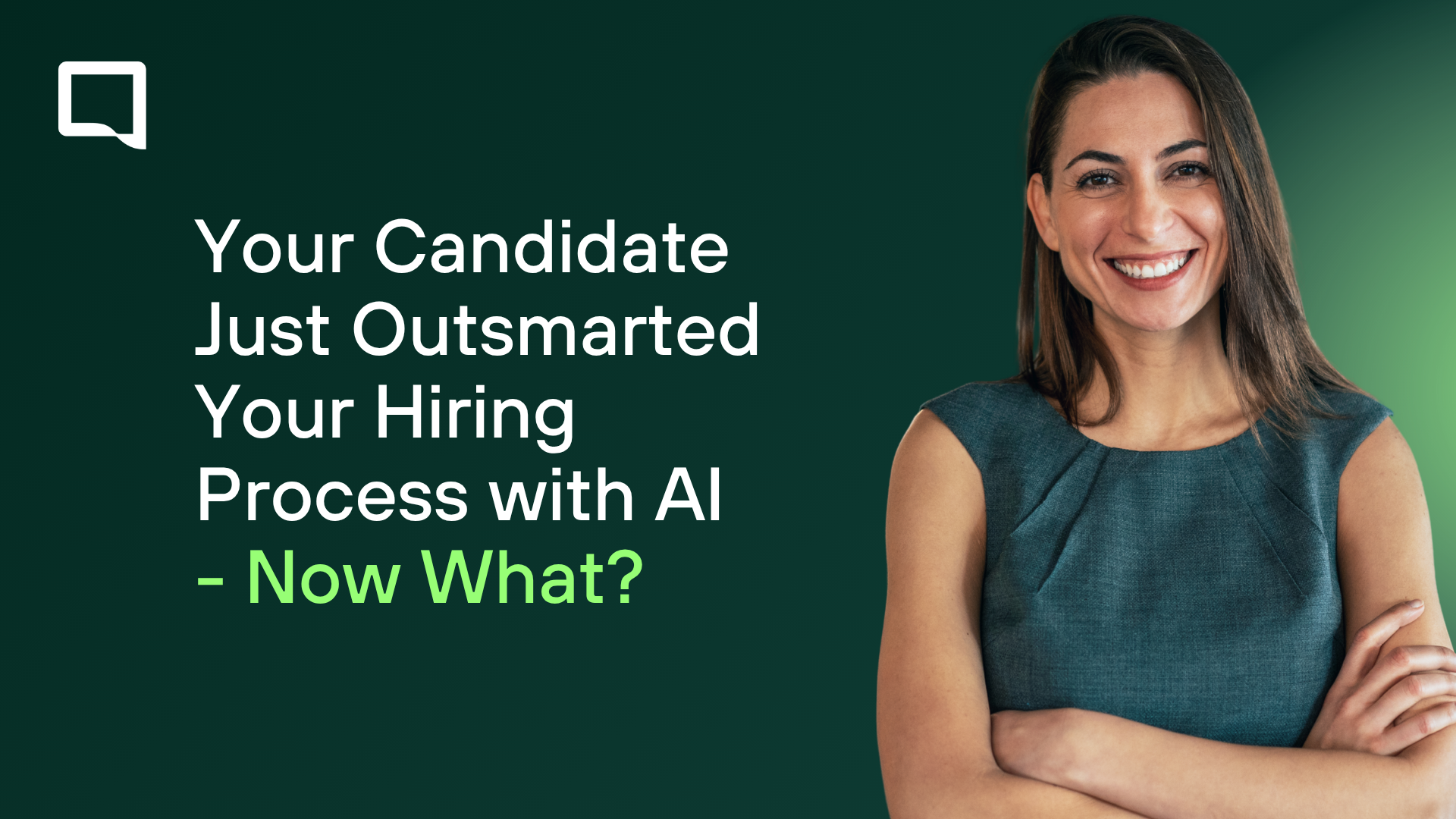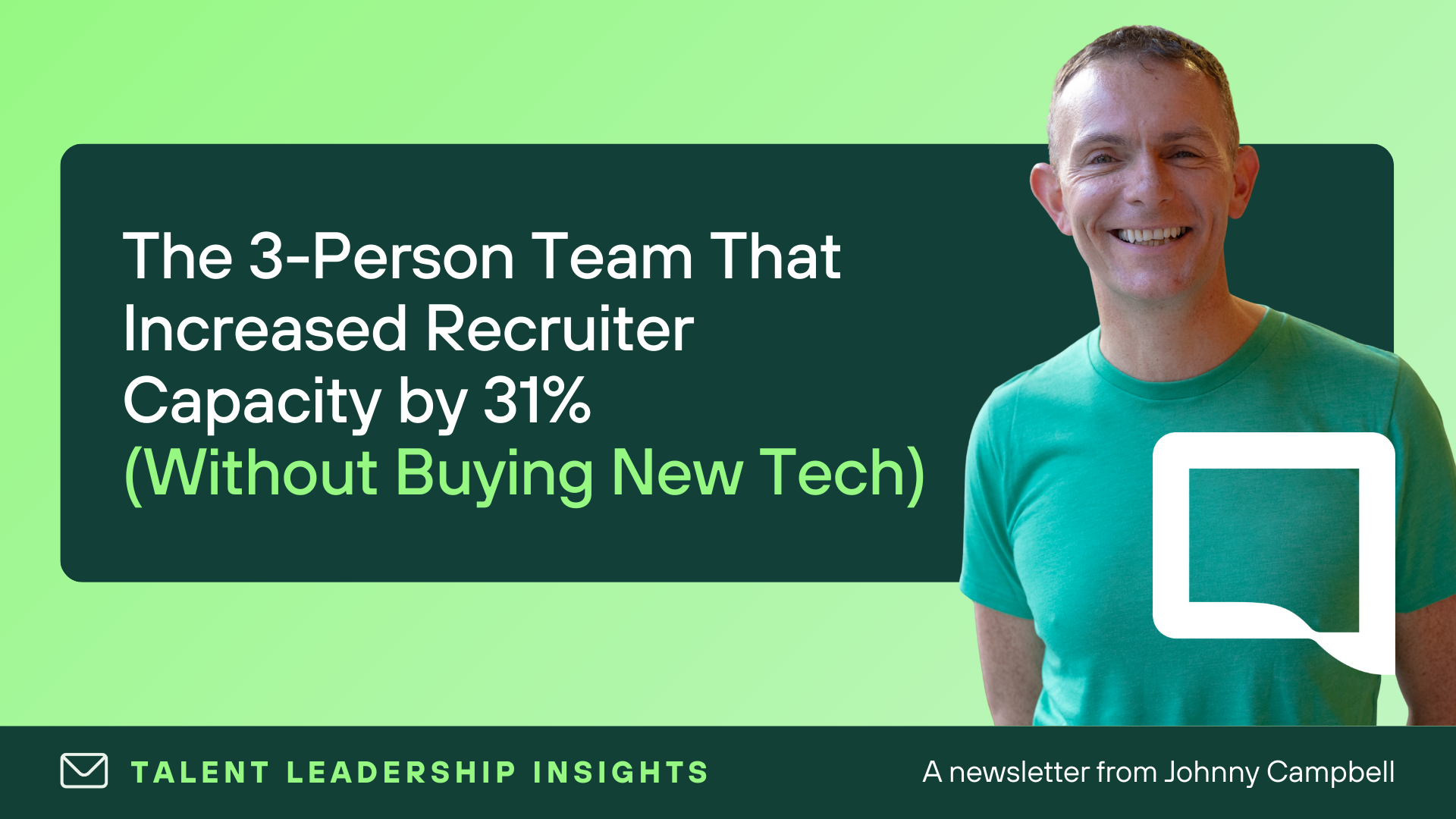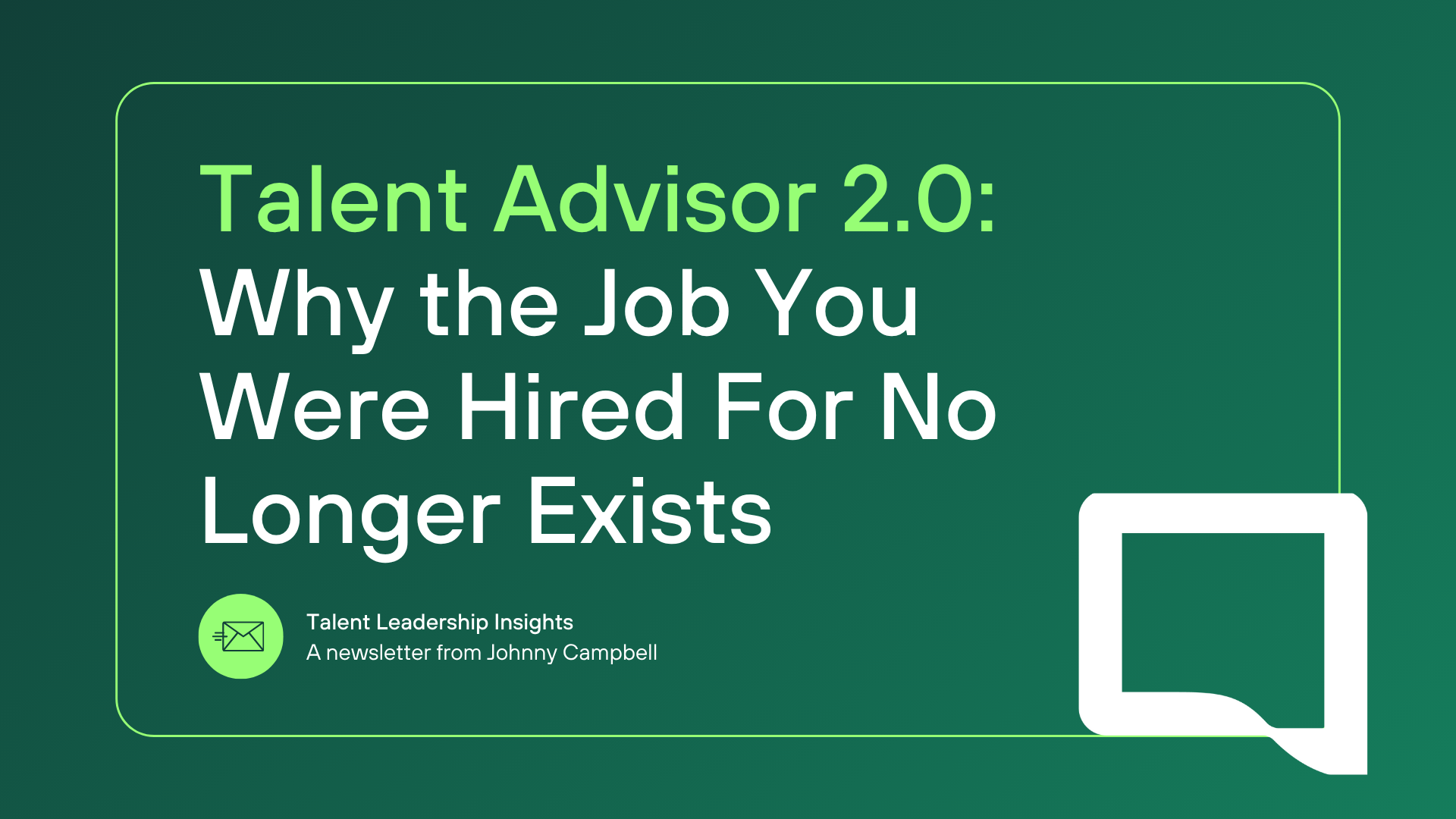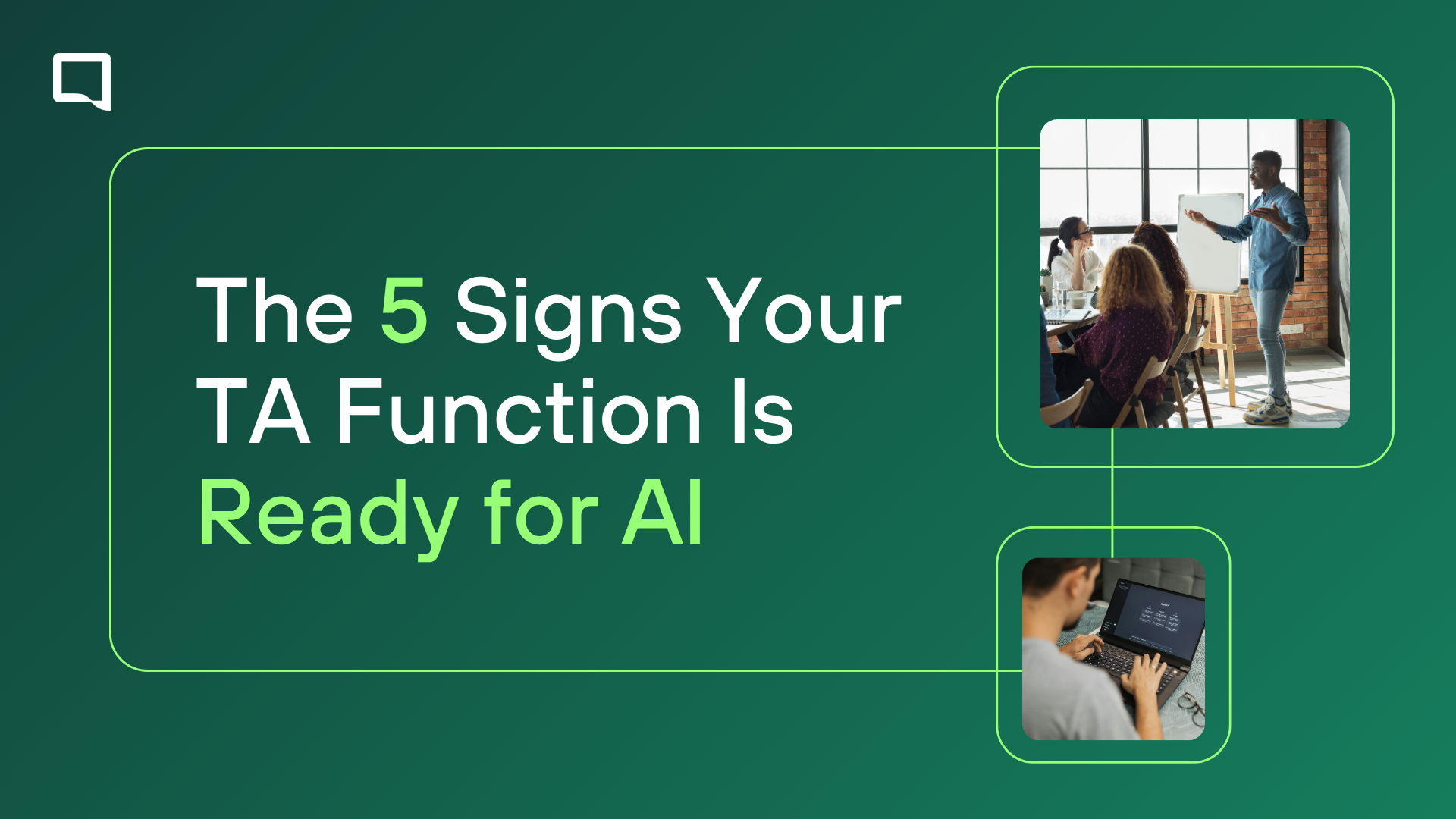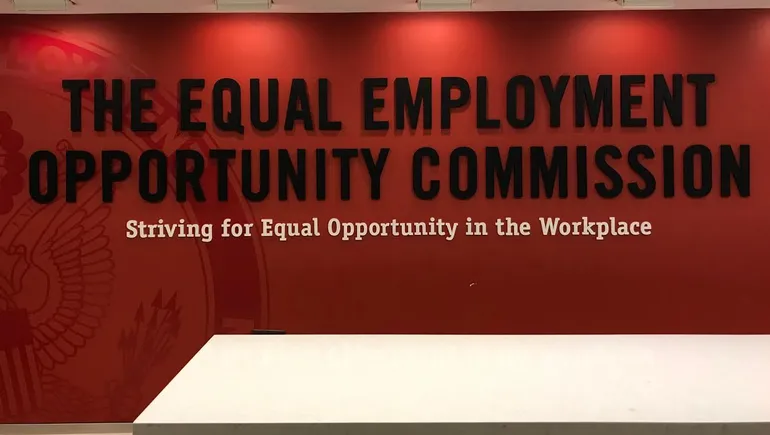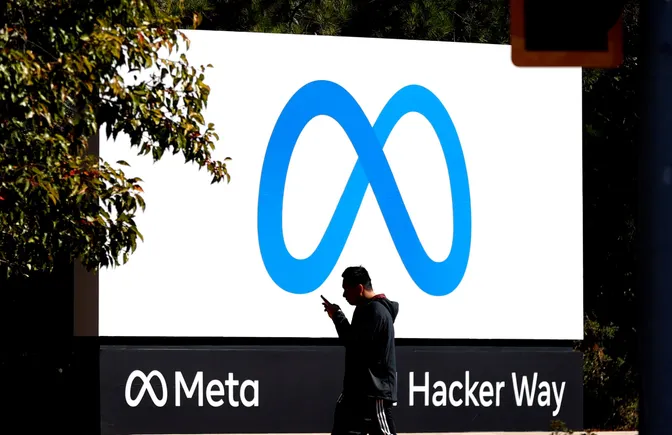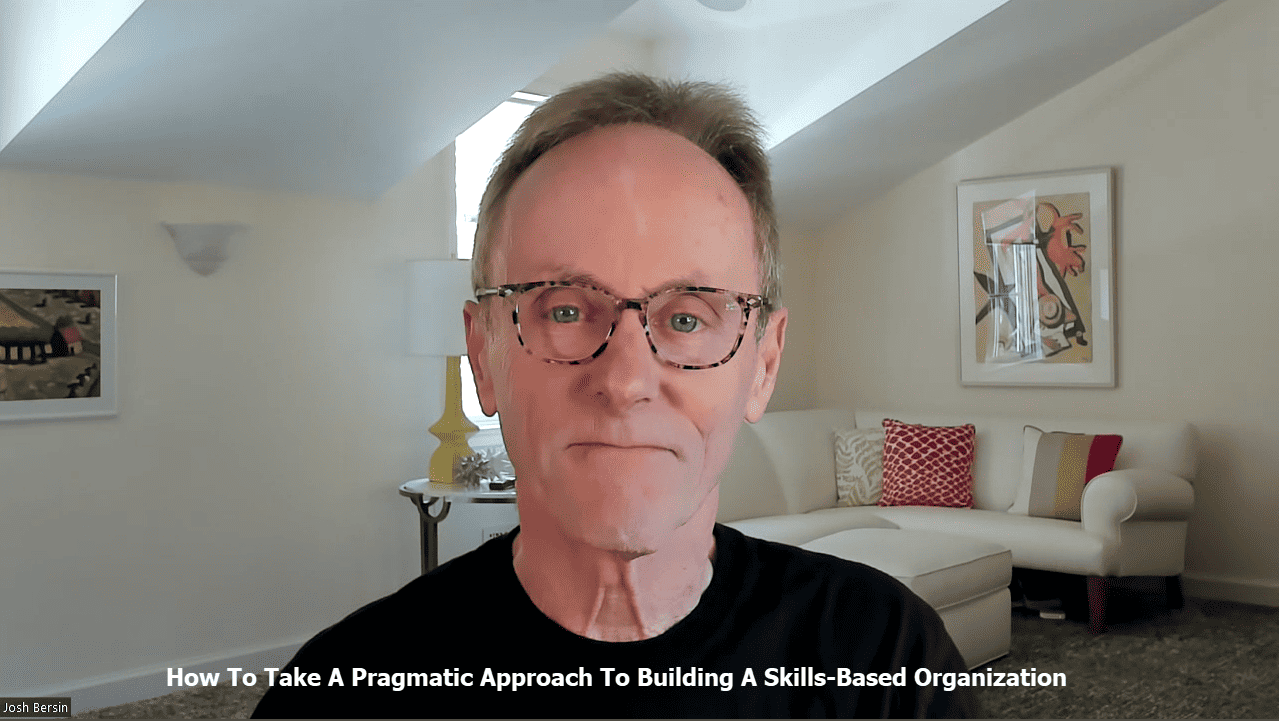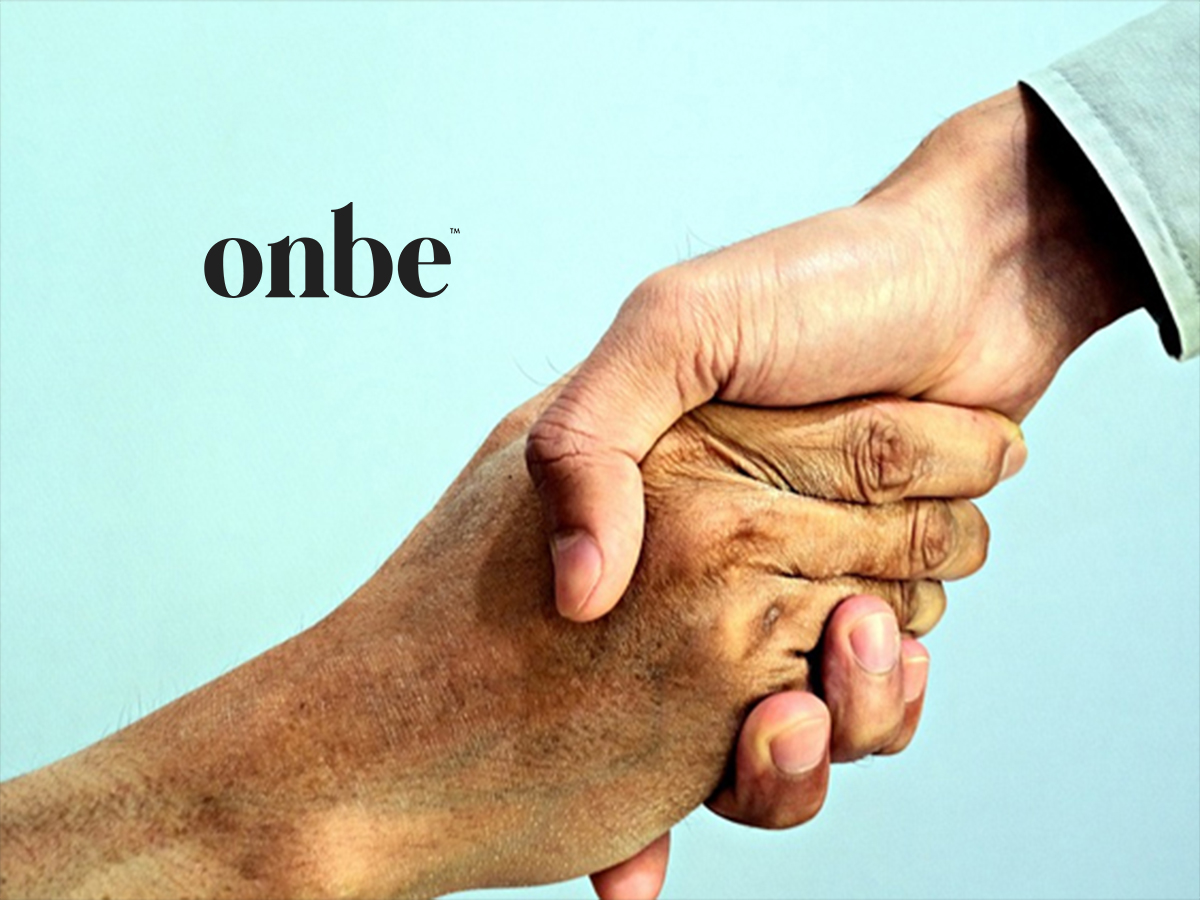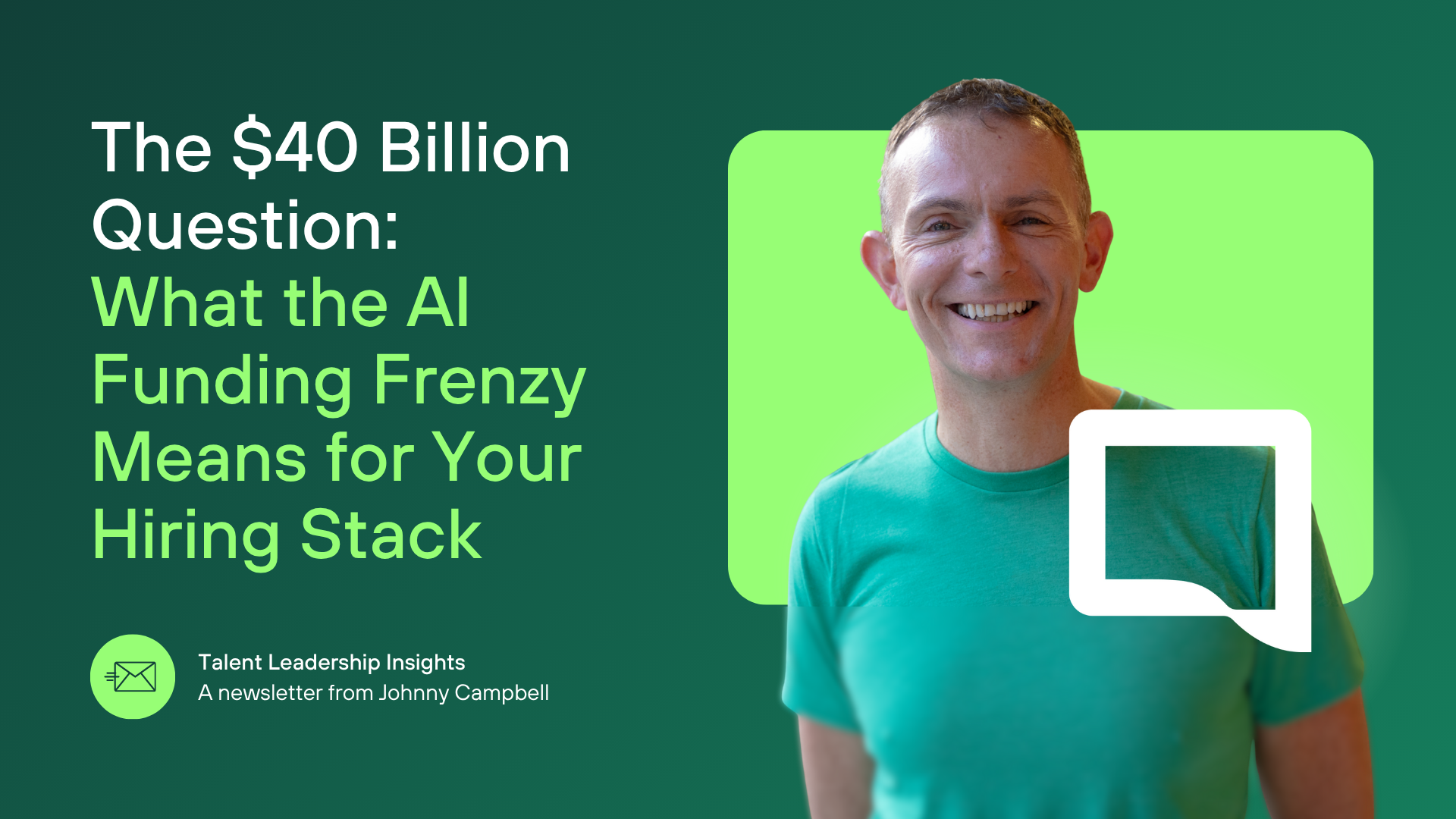AI has changed how candidates prepare, and now, it’s changing how they perform. What started as résumé writing assistance has evolved into real-time, AI-guided interviews.
Picture this
You’re halfway through a virtual interview. The candidate is polished, articulate, almost too polished. Then you notice it: a split-second pause before each answer, eyes flicking toward another screen, perfectly phrased responses that sound smart but feel scripted.
It hits you. They’re not just answering; they’re assisted.
Awkward? Maybe. Surprising? Not anymore.
The Problem You Can’t Ignore
AI isn’t just helping candidates land interviews; it’s helping them ace them.
For Talent Acquisition leaders, that introduces three big risks:
- Distorted signals: You’re evaluating an AI-polished version, not authentic ability.
- False positives: A great interview doesn’t always translate to great performance.
- Eroded trust: If candidates can “game” the process, assessments lose credibility.
But AI isn’t the enemy. Inconsistency is. Unstructured, biased, or improvised interviews have always been unreliable. Now, with AI in the mix, the cracks are even clearer.
Structured, consistent interviews supported by skill-building and real-time feedback help interviewers cut through the noise. This is where interview intelligence becomes essential. It guides interviewers to stay focused on fairness, confidence, and critical thinking.
Spot the Red Flags
You don’t need to become an AI detective. What you need is clarity.
Watch for subtle cues:
- Odd delays: Pauses before every answer, as if waiting on a prompt.
- Shifty focus: Eyes darting to another device or screen.
- Generic depth: Answers that sound perfect until you ask for specifics.
But the goal isn’t to catch candidates using AI. It’s to design interviews that reveal genuine capability. Structured interviews, guided by interview intelligence, help ensure every question and every judgment is consistent, inclusive, and grounded in real behavior.
How to Interview in the Age of AI
The best interviewers aren’t trying to outsmart technology. They’re using better techniques to measure what matters most: how people think, adapt, and solve problems.
1. Ask Probing Questions That Reveal Thinking
Don’t stop at surface-level answers. Go deeper.
- “What alternatives did you consider, and why did you reject them?”
- “Where have you used this approach before? What were the results?”
- “If the timeline was cut in half, what would you change first and why?”
Follow-ups like these expose reasoning, not rehearsed scripts. Through expert-led interviewer training, teams can learn to apply these frameworks consistently, improving signal quality and reducing bias.
2. Use Live Scenarios with Real-Time Twists
Give candidates a real situation, then shift the context mid-answer to see how they adapt.
Sales example: “A key account ghosted you after a price change. How do you re-engage within one week?”
Engineering example: “Your API fails during peak hours. How do you diagnose and resolve it?”
Then, ask them to adapt: “Now imagine this happens right before a major client deadline. What changes?”
When combined with interview intelligence, these exercises help interviewers stay consistent under pressure and focus on the behaviors that predict success.
3. Focus on Adaptability Over Perfection
This approach tests how candidates respond when the situation changes.
“Compliance just blocked part of your plan. What do you do first?”
AI can’t replicate adaptability, judgment, or emotional composure. Structured interviews and intelligent guidance help hiring teams see these traits clearly, ensuring every interviewer measures what really matters.
Why It Matters
AI has exposed what’s long been true: many interviews lack structure, consistency, and fairness. The difference now is visibility.
Organizations that combine expert-led learning with interview intelligence close that gap. They ensure interviewers don’t just know what good looks like, but apply it in every conversation.
For Talent Acquisition leaders, that means:
- More reliable hiring decisions
- Better candidate experiences
- Measurable improvements in consistency and fairness
And for interviewers, it means walking into every interview with confidence, structure, and support.
The Bottom Line
That pause before every answer. The glance toward another screen. The too-perfect response. This isn’t a one-off; it’s the new normal.
The best companies aren’t chasing AI; they’re adapting. They’re building interview processes that measure judgment, adaptability, and collaboration, qualities no AI can fake.
When every interviewer is supported by structured training and interview intelligence, hiring becomes more consistent, fair, and human.
And that’s how organizations win: not by catching AI, but by creating interviews it can’t compete with!



